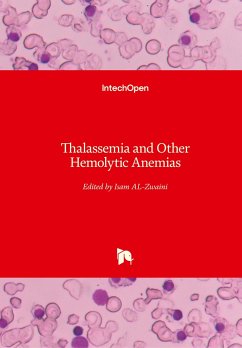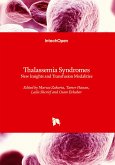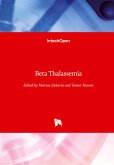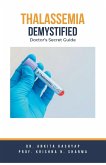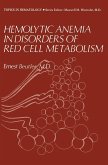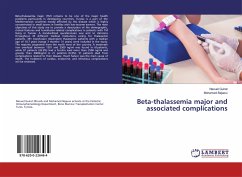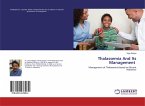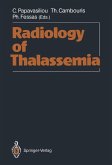Thalassemia is a very common disease first described by pediatrician Thomas Benton Cooley in 1925 who described it in a patient of Italian origin. At that time, it was designated as Cooley's anemia. George Hoyt Whipple, a Nobel prize winner, and W. L. Bradford, a professor of pediatrics at the University of Rochester, coined the term thalassemia in 1936, which in Greek means anemia of the sea (Thalassa means "sea", and emia means "blood"), due to the fact that it is very common in the area of the Mediterranean Sea. This name is actually misleading because it can occur everywhere in the world. Thalassemia is not a single disease; it is rather a group of hereditary disorders of the production of globulin chain of the hemoglobin. Throughout the world, thalassemia affects approximately 4.4 of every 10,000 live births. It represents a major social and emotional impact on the patient and his family and a major burden on health services where the prevalence is high.
Hinweis: Dieser Artikel kann nur an eine deutsche Lieferadresse ausgeliefert werden.
Hinweis: Dieser Artikel kann nur an eine deutsche Lieferadresse ausgeliefert werden.

